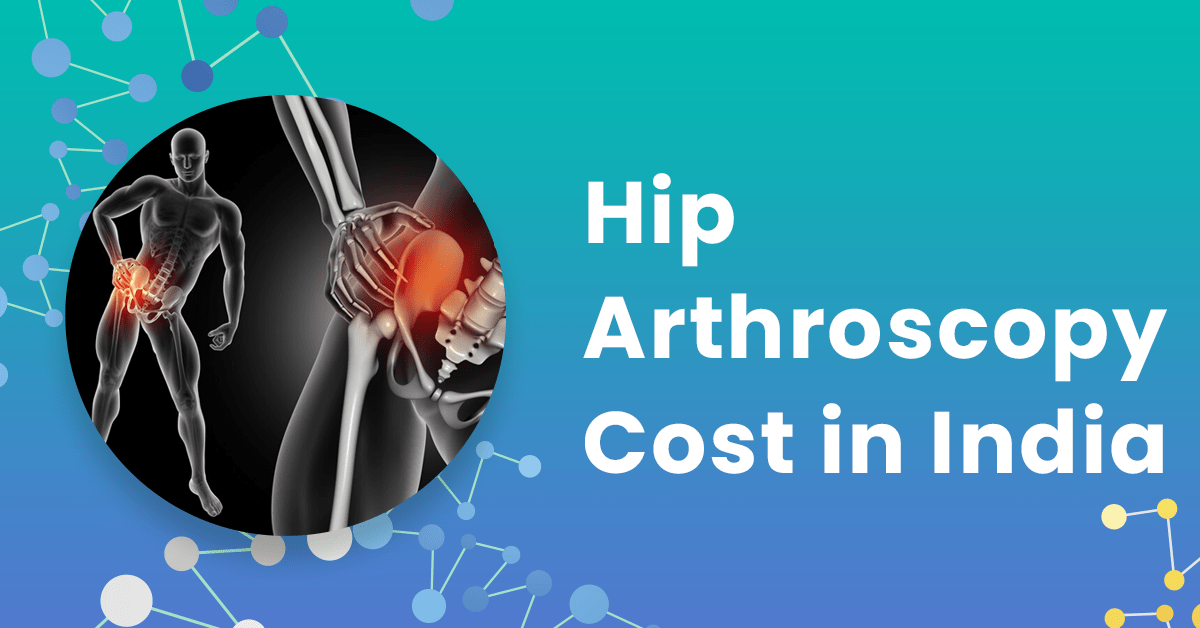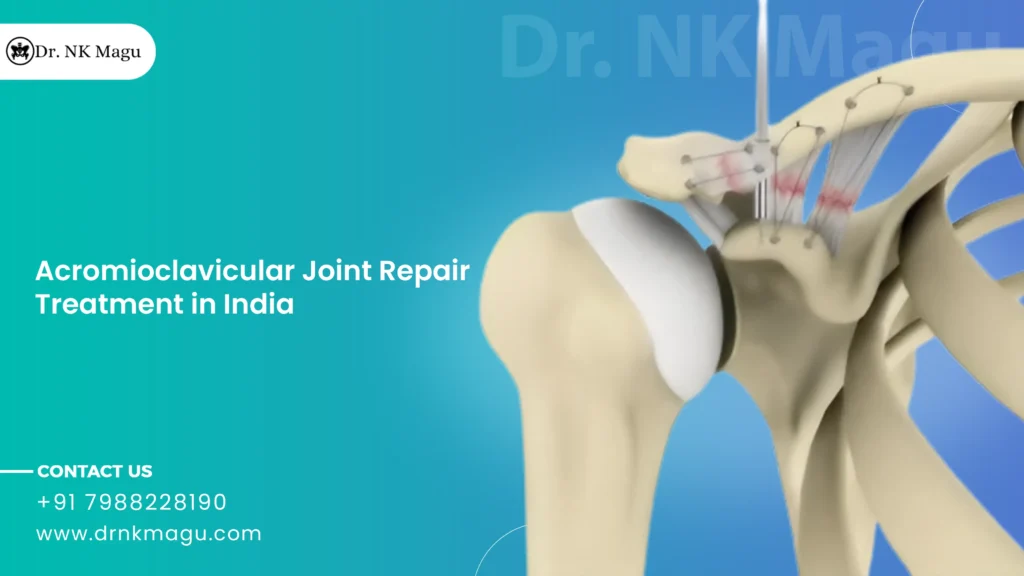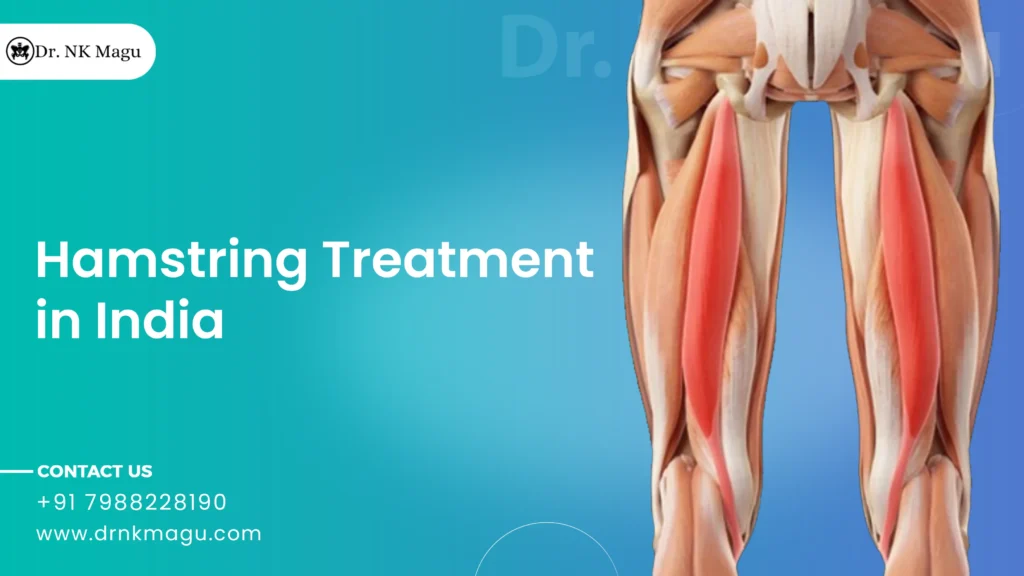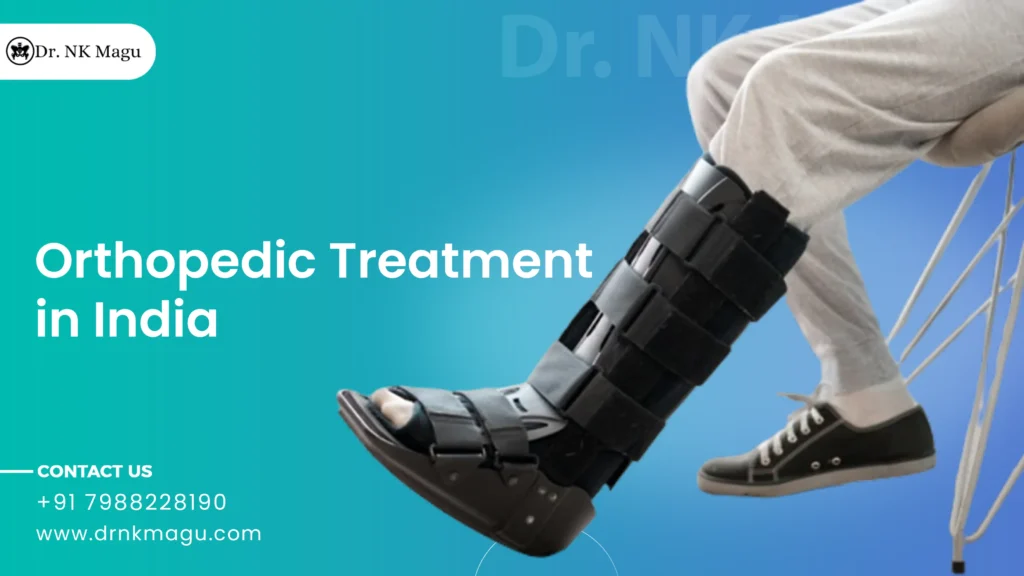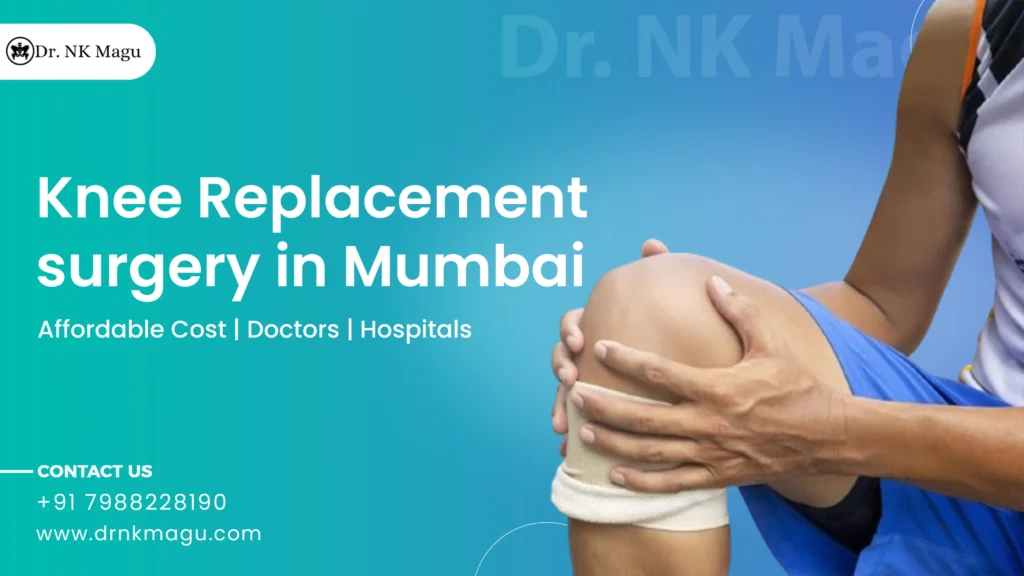Arthroscopy, often known as “scope” examination, is the process of looking within a joint with a flexible, fiber-optic tube that has a tiny camera attached to it and is displayed on a monitor. This makes your joint visible to a surgeon in a magnified view. Several forms of minimally invasive joint surgery are also carried out using specially made arthroscopic surgical instruments.
Anatomy of the Hip
The hip joint is a ball and socket joint that connects the femoral head to the pelvic acetabulum. The surfaces of the ball and socket are covered in articular cartilage, a strong, slick tissue. It produces a frictionless, smooth surface that facilitates the bones’ easy movement against one another.
The labrum, a robust fibrocartilage, encircles the acetabulum. By filling the space and forming a gasket around the socket, the labrum deepens the socket and increases joint stability. Ligaments are bands of tissue that surround the joint. They create a capsule that serves as the joint’s support. The synovium is a thin membrane that lines the capsule’s underside. It generates the synovial fluid that keeps the hip joint lubricated.
What is Hip Arthroscopy?
Hip arthroscopy is a minimally invasive procedure that is used to address hip problems. After making a few tiny incisions (cuts) in your hip’s skin, your surgeon will insert an arthroscope—a specialized instrument—into your hip joint. Using the camera and light on the arthroscope, your surgeon can see and fix damage inside your hip. Additionally, they will introduce any additional little instruments required to fix any harm done to your connective tissues or bones.
Who is a Good Candidate For Hip Arthroscopy?
An individual who has experienced hip discomfort but hasn’t improved with alternative therapies is a good candidate for hip arthroscopy. It can also benefit those who are experiencing difficulties moving due to a problem with their hip joint. Usually, arthroscopy is recommended only after the source of your discomfort has been determined and non-surgical measures such as physical therapy or steroid injections have failed to fully resolve your condition.
In order to decide whether a hip arthroscopy is appropriate for you, your doctor will first:
- find out about your health history and symptoms.
- examine the images from your CT, MRI, and/or X-rays.
- do a physical examination, which could involve assessments of a range of motion
Conditions That Are Treated By Hip Arthroscopy
Hip arthroscopy is a minimally invasive, very successful surgical procedure that can address a variety of conditions. Among the most prevalent ailments that hip arthroscopy is used to address are:
- Bone or cartilage fragment removal: Your surgeon may be able to remove damaged or loose bits of bone or cartilage from your hip if they are causing you discomfort.
- Dysplasia: Hip dysplasia is the term for a disorder in which the femur does not fit the pelvis properly.
- Tendon tears: Your muscles and bones are connected by tendons. If an injury has pulled tendons away from your hip bones, your surgeon can repair them.
- Femoroacetabular impingement (FAI): Also referred to as hip impingement, FAI is the result of an abnormally formed hip joint that rubs against two hip bones. Friction develops between the acetabulum (hip socket) and the top of your femur (thighbone) as a result of the pressure. FAI can hurt and restrict your range of motion.
- Labral Tears: Injuries to the soft tissue covering your hip’s acetabulum, or socket, are known as labral tears. Trauma, structural difficulties, or degenerative disorders can all result in a labral tear.
- Tendon releases: Hip arthroscopy can be used to release or reposition contractures, or too tight tendons.
Hip Arthroscopy Cost in India
Hip Arthroscopy Cost in India starts from Rs. 4 Lakh (4800 USD). Hip Arthroscopy expenses can vary depending on the type of city in India. It is mostly caused by elements like the hospital’s or clinic’s location and the surgeon’s track record of doing successful hip arthroscopy surgeries. Furthermore, there are also various factors that can lead to hip arthroscopy cost in India such as:
- Hip issues and other underlying medical disorders may require additional treatment, which could raise the procedure’s final cost.
- The choice between a standard and a deluxe room might have a significant impact on the procedure’s total cost.
- The cost may differ based on the standing and expertise of the surgeons employed at any hospital, clinic, or surgical practice that performs hip arthroscopies.
Diagnosis of Hip Arthroscopy in India
Before a hip arthroscopy, your doctor will ask about your medical history. A complete list of all of your prescriptions must also be brought. You may need to cease taking some of your medications a few days before your procedure. Your hospital will give you specific instructions, such as when to stop eating and drinking before surgery. Before your procedure, you might also need to have the following medical examinations performed:
- MRI
- Ultrasonics
- CT Scan
- EMG (electromyogram)
- Blood Test
Helpful:- Hip Replacement Surgery Cost in India
Procedure of Hip Arthroscopy
An anesthesiologist will assess you on the day of the procedure to choose the appropriate level of anesthesia. Hip arthroscopies can be done under regional anesthesia, which leaves you conscious but numb from the waist down, or general anesthesia, which renders you unconscious during the procedure.
The surgeon will attach your leg to a specific positioning device prior to the start of the treatment. In order to assist the surgeon in positioning your hip and leg at the ideal surgical angle, the gadget has traction and pulling motors. The location of the bone, nerves, and blood vessels will then be marked on your skin by the surgeon, along with the site of the incisions. Procedure of hip arthroscopy:
- To insert the arthroscope and other surgical instruments, the orthopedic surgeon creates one or more tiny incisions.
- In order to provide pressure that maintains the hip joint open and accessible for surgery, the surgeon guides a needle to the joint and injects fluid into it prior to inserting the arthroscope.
- After inserting a guide wire and a tube through which the arthroscope is inserted the surgeon uses the passageway that the needle established. This technique lessens the harm done to healthy tissues.
- An image of the hip joint and surrounding tissues is shown on the monitor when the arthroscope inserts itself, enabling the surgeon to pinpoint the region of concern.
- In order to address the issue, the surgeon uses various arthroscopic instruments that are inserted through additional surgical incisions.
- After resolving the problem, the surgeon uses surgical tape strips or non-dissolvable sutures to close the wounds.
- When you awaken from anesthesia, the medical staff will keep an eye on you in the recovery area.
- You will be provided with crutches when it’s time for your discharge in order to prevent overstretching the surgically repaired hip.
Recovery
After a hip arthroscopy, most patients recover in six weeks or less. Depending on why you required surgery, your exact healing time will vary.
- Following your surgery, crutches will be necessary for a week or two. You should be able to walk and put greater weight on your hip after that.
- Your surgeon will schedule a follow-up session to assess your pain threshold, go over your overall recovery objectives, and assess your progress, if necessary, in addition to extracting sutures.
- Painkillers will be prescribed by your doctor to ease your discomfort while you heal. Talk to your doctor if the pain gets worse or seems like it’s stabbing or acute.
- You’ll require physical rehabilitation as well. After your surgery, this could linger for a few weeks or even months. In around 12 weeks, you should be able to resume vigorous activity as well as sports.
See your surgeon or other healthcare practitioner for details on a precise recovery schedule.
Why Choose Dr. N. K. Magu?
Dr. N. K. Magu is a world-renowned orthopedic surgeon from India whose outstanding expertise and dedication to the field have gained him international fame. Over the course of several decades, Dr. N. K. Magu has proven to be an exceptional specialist in a number of orthopedic fields, especially when it comes to hip preservation, reconstruction, proximal femoral osteotomies, and other related areas. His reputation as one of the best orthopedic surgeons in the world has been cemented by his unparalleled commitment to enhancing the quality of life for his many patients.
Helpful:- Best Sleeping Positions After Total Hip Replacement Surgery


